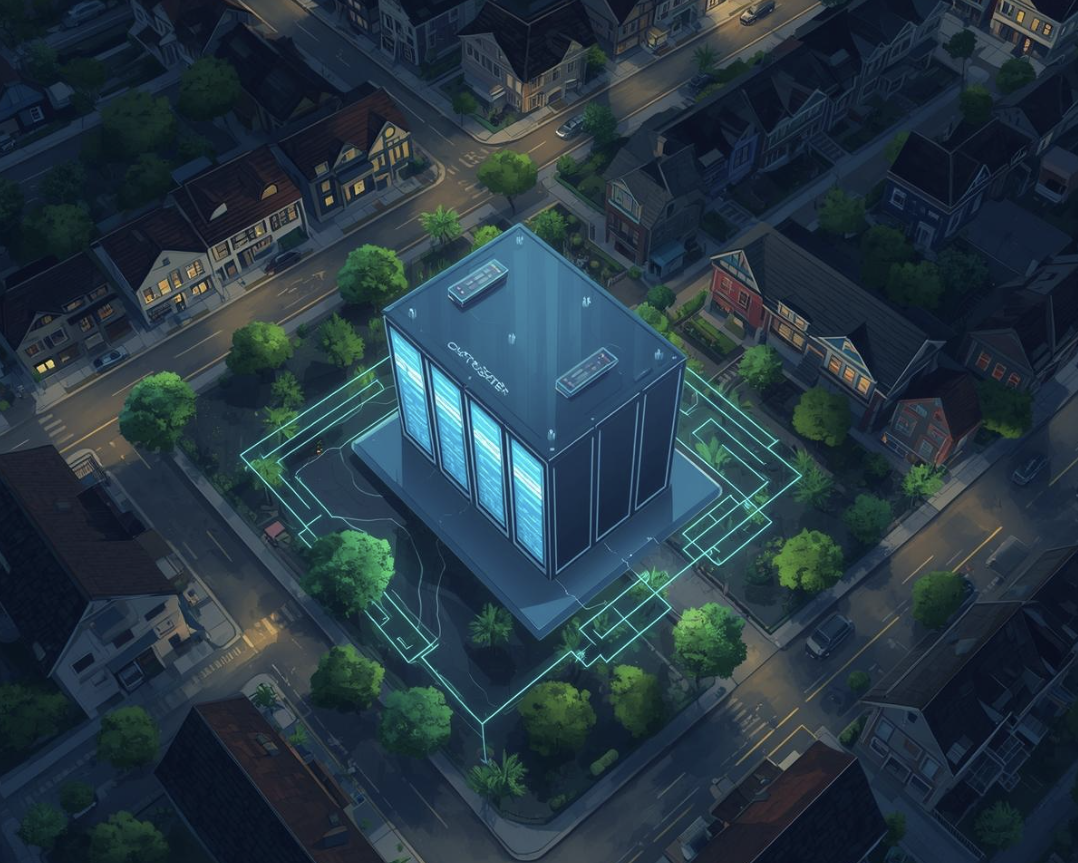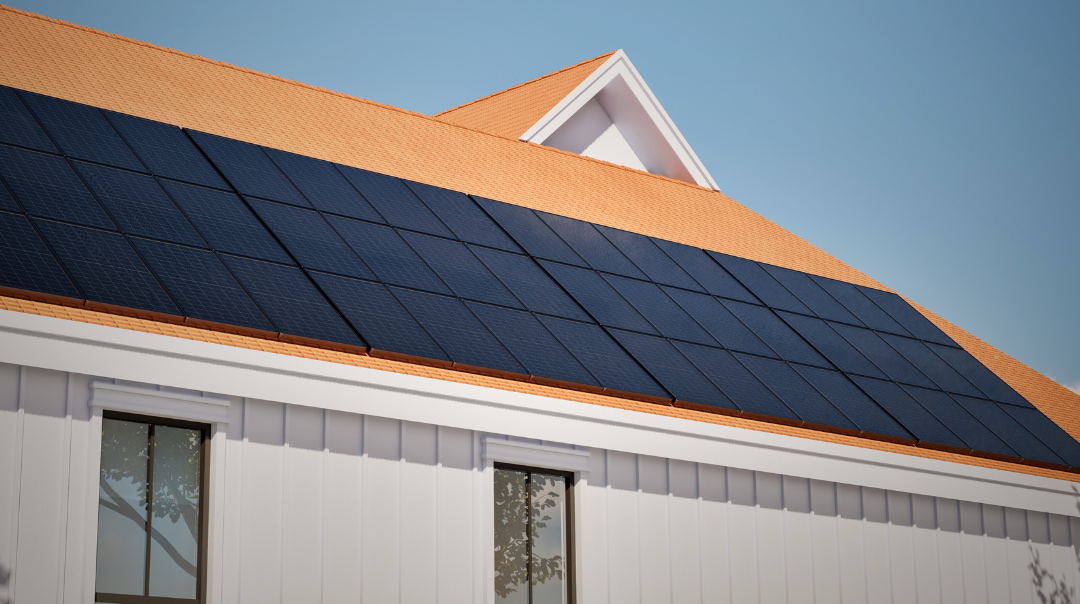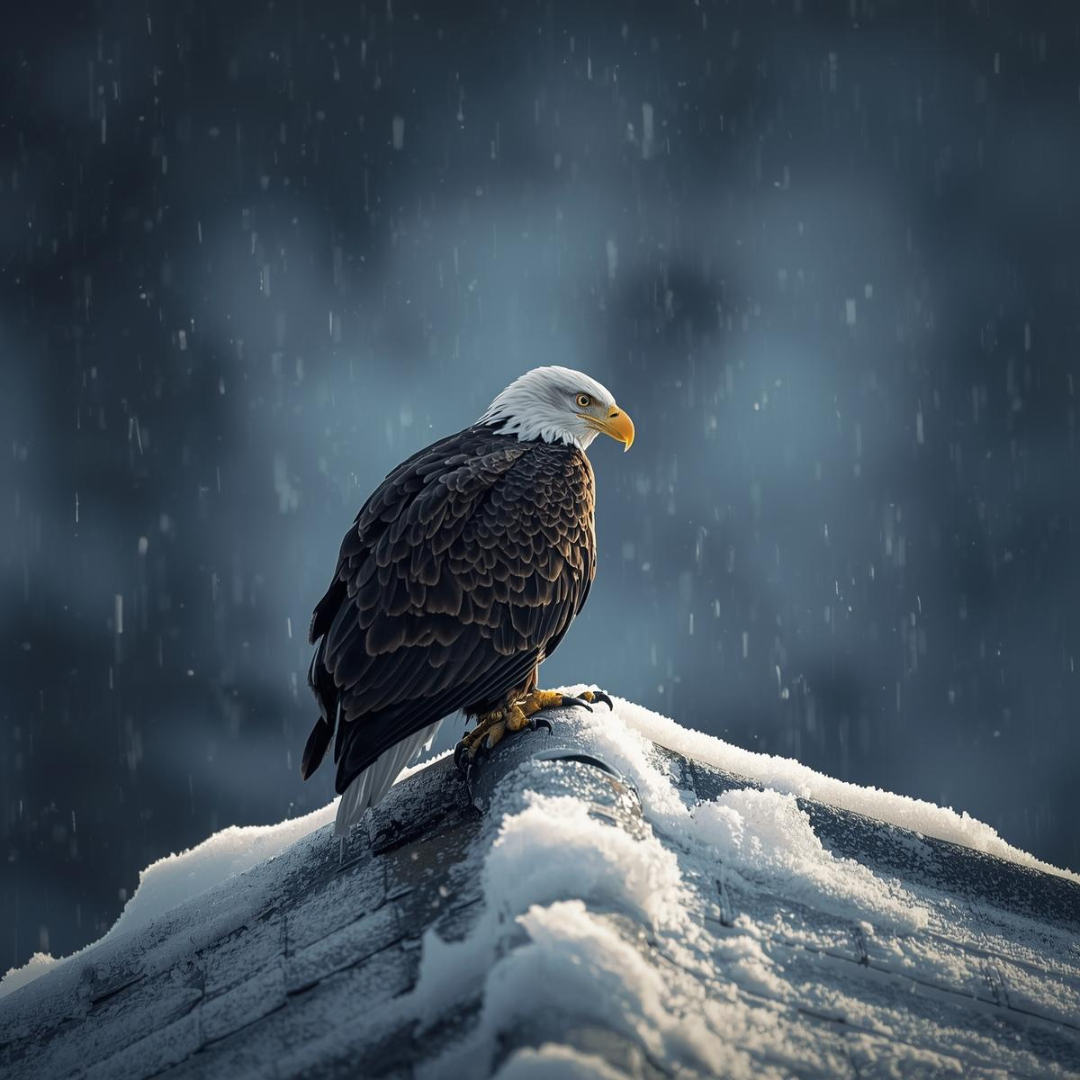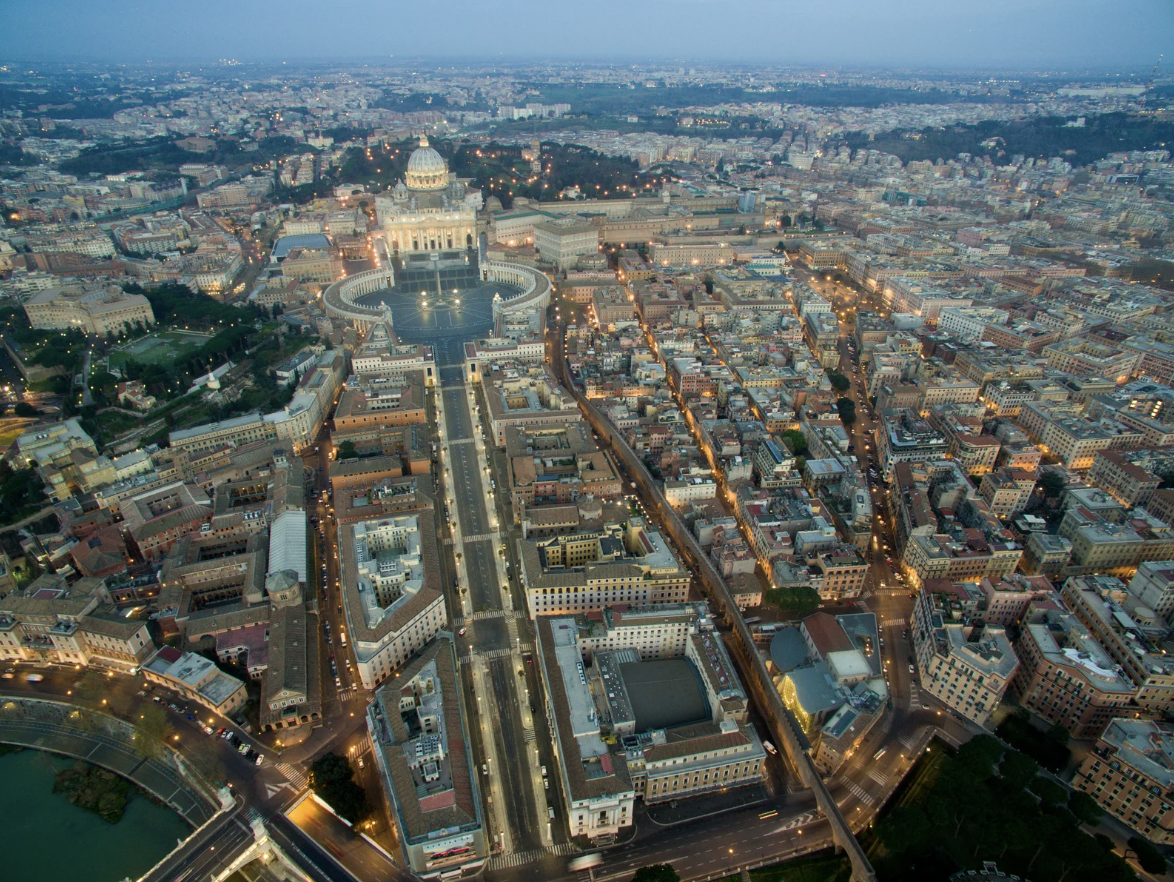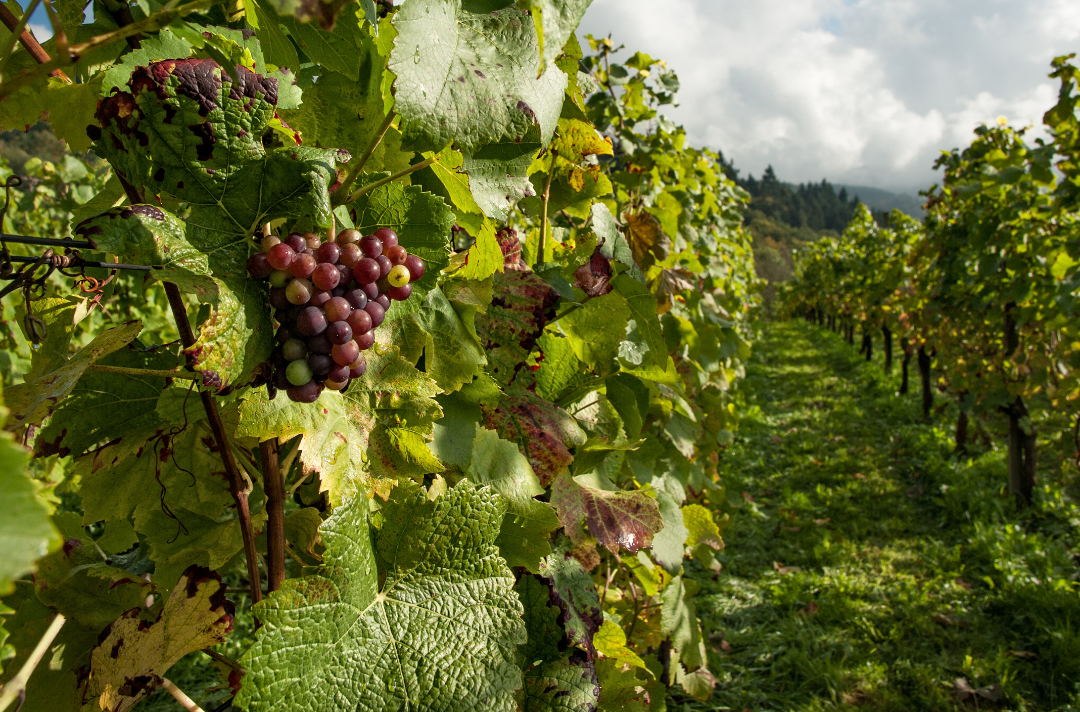What Are Microinverters and Why Do They Matter in Solar Installations?
If you’ve been looking into solar for your home or business, you’ve probably heard of microinverters—and for good reason. These small yet powerful devices are changing the game when it comes to solar efficiency, flexibility, and safety. Whether you're just starting your solar journey or considering an upgrade, understanding how microinverters work—and how they compare to other inverter types—is key to making a smart investment.
What is a Microinverter?
A microinverter is a type of solar inverter installed at the individual panel level. Its main job? Converting the direct current (DC) electricity produced by a solar panel into alternating current (AC) electricity, which powers your home.
Traditional inverters—also called string inverters—convert power from a group of panels all at once. But microinverters handle this conversion for each panel independently. That independence comes with a host of benefits, which we’ll break down below.
How Do Microinverters Work?
Unlike string inverters that rely on centralized conversion, microinverters are mounted directly behind or near each solar panel. This panel-level control means each panel can operate at its maximum potential regardless of how the others are performing.
For example, if one panel is shaded by a tree or cloud, only that panel’s production drops—not your entire system’s. This is one of the key advantages of microinverters: no single weak link brings down your entire array.
Microinverters also offer real-time performance monitoring of each panel. If one is underperforming, you'll know exactly which one it is and why—making troubleshooting faster and maintenance smarter.
Benefits of Microinverters
✅ Increased Energy Production
Since each panel operates independently, your solar system performs more efficiently overall—especially if your roof has different angles or shading.
✅ Design Flexibility
Have a roof with multiple angles or partial shading throughout the day? No problem. Microinverters let you install panels in varying orientations and configurations without impacting performance.
✅ Real-Time Monitoring
Most microinverter systems include smart monitoring software, allowing you to track individual panel performance from your phone or web browser.
✅ Built-in Safety
Microinverters meet rapid shutdown requirements in the U.S. under the National Electric Code (NEC). During emergencies or maintenance, microinverters can automatically and instantly shut down panel output, keeping first responders and workers safe.
✅ Easy System Expansion
Need to add more panels down the line? With microinverters, expansion is a breeze. You can add more panels without needing to overhaul the existing inverter setup.
Microinverters vs. String Inverters vs. Power Optimizers
If you’re choosing a solar system, you’ll likely compare three main types of inverters:
🔁 String Inverters
- Most budget-friendly and simple to install.
- One or two units are wired to all the panels in your system.
- Downside: If one panel underperforms, the entire system’s performance drops.
- Scalability: Not ideal for future expansions.
⚡ Power Optimizers
- Work with a central inverter.
- Optimize energy output at the panel level like microinverters but don’t convert DC to AC onsite.
- Offer good performance and panel-level monitoring.
- More components than microinverters, which can add complexity.
⚙️ Microinverters
- Convert energy at each panel.
- Excellent for performance, monitoring, safety, and scalability.
- Slightly higher upfront cost but superior long-term benefits.
What to Consider When Choosing Microinverters
If you decide microinverters are right for you, here’s what to keep in mind when comparing models:
1. Efficiency Ratings
Just like solar panels, microinverters have efficiency ratings that show how well they convert DC to usable AC power. Top-rated models like the Enphase IQ8 offer around 97% efficiency. Make sure you check weighted efficiency ratings like the California Energy Commission (CEC) score, which better reflects real-world performance.
2. System Size Compatibility
Microinverters come in different sizes based on voltage. You want one that matches your solar panel’s output—too small and it’ll "clip" energy; too large and it might not be cost-effective.
3. Single-Phase vs. Three-Phase
- Single-phase: Common for most residential setups. Lower cost.
- Three-phase: More power, better for large homes or commercial properties.
4. Warranty
Most premium microinverters come with a 25-year warranty, but it’s worth reading the fine print. Coverage details vary by brand.
5. Price
Microinverters do cost more than string inverters up front. However, their long-term performance, safety, and expandability often make them
worth the investment.

Should You Go With Microinverters?
Yes, if you:
- Have a complex roof layout or partial shading
- Want panel-level monitoring
- May expand your system later
- Prioritize system safety and rapid shutdown compliance
Maybe not, if:
- You’re on a very tight budget
- Your roof gets full, consistent sunlight all day
- You prefer a simpler, lower-maintenance system
Final Thoughts
Microinverters are a powerful and forward-thinking solution for homeowners looking to get the most out of their solar investment. With better performance, safer operation, and the ability to scale, they offer peace of mind and long-term value.
At SunSent Solar, we specialize in designing solar systems tailored to your specific needs—and that includes helping you decide whether microinverters are the right choice. Whether you're installing solar for the first time or upgrading an existing system, our team is here to help every step of the way.
Ready to explore a smarter, more efficient solar setup?
Let’s talk microinverters.
Contact us today for a free consultation and custom quote.
